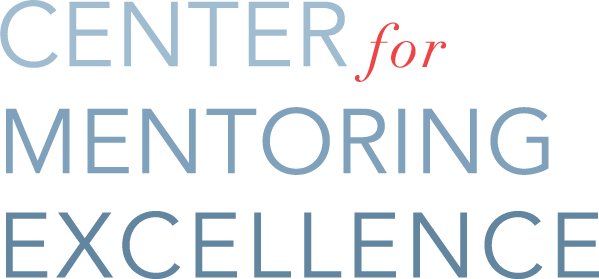Are you looking for ways to move the needle on inclusion in your work environment?
What can you do to foster an inclusive work environment?
Getting started can be daunting, but it needn’t be. Here are three things you can do to get started now:
- Know your business case. Successful inclusion efforts begin with the ability to articulate “why” the work is important. While it’s true that these efforts often feel like the right thing to do, inclusion is ultimately about achieving better results for the business. The data is compelling. Studies show that diverse and inclusive companies with effective leaders perform better. They:
- Experience improved financial performance
- Are better able to to leverage talent
- Show increased innovation and group performance
- Reflect the marketplace and build their reputation.
Questions to Consider
- In your particular business, how will you connect the dots between your product/service, your mission and diversity and inclusion?
- How will it help you to understand your consumer better?
- Be curious. Ask your employees about themselves with a genuine curiosity to learn. The first steps to leveraging diversity are understanding and awareness. Remember that diversity means differences, which means aspects of identity that are far broader than just what you can see.. Of course, we are not suggesting delving into highly personal topics, but it is a great practice to ask employees questions that will help you learn more about them so you know what makes each other tick.
Action Strategies: Ask people about their weekends, or whether the religious holiday they just celebrated was meaningful and how they celebrated. Start team meetings with a question that helps everyone get to know each other better, such as “what is one thing we don’t know about you?” Or, “What motto do you live by and why?.
- Show up. An inclusive environment is one where employees feel comfortable bringing their “whole selves” to work and don’t feel pressure to mask an element of their identity by conforming to a dominant culture or norm. Why is this important? Masking an element of your own identity at work is called “covering,” and the impact of covering is decreased commitment to the work environment and an inability to draw on the strengths of a diverse group of employees. In a recent study by Kenji Yoshino and Christie Smith, authors of Uncovering Talent: New Models of Inclusion, 61% of employees report covering at least one element of their identity at work.
As a leader, you have a key role to play in shaping the path for other employees. Showing up as yourself and leading with authenticity is the simplest of these steps. And yet, it is the most difficult because it requires making the time for self-awareness and being willing to be vulnerable.
Ask yourself how your own experiences and background influence how you show up at work and how  you lead. Share more about yourself, tell stories, and let people get to know you. At first, this may feel uncomfortable, but if you show up fully as yourself at work, you implicitly encourage others to do the same. Ultimately, you contribute to creating an engaging environment where people feel valued for who they are, are encouraged to draw on their different experiences to innovate and create better business results for your customers.
you lead. Share more about yourself, tell stories, and let people get to know you. At first, this may feel uncomfortable, but if you show up fully as yourself at work, you implicitly encourage others to do the same. Ultimately, you contribute to creating an engaging environment where people feel valued for who they are, are encouraged to draw on their different experiences to innovate and create better business results for your customers.
What is your next step?
Which one of these action strategies will you implement and when?



